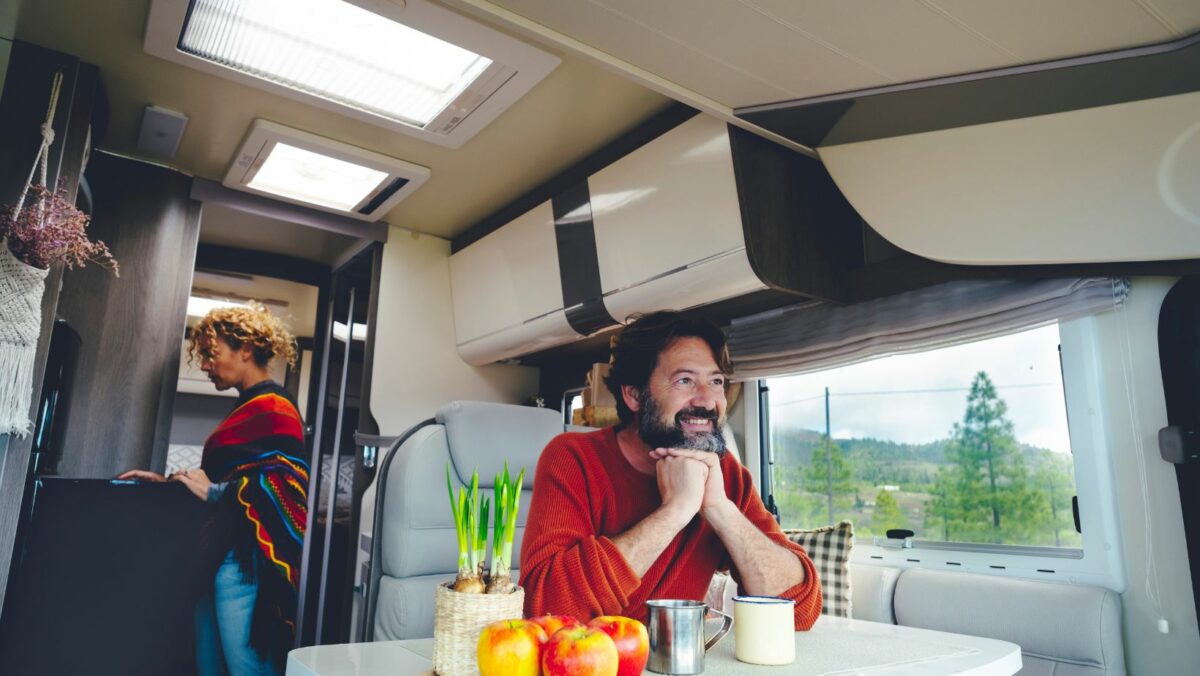[ez-toc]
In the fast-paced digital world, the right tools can make all the difference. One area that’s seen significant evolution is publishing, where traditional methods have given way to innovative digital publishing tools. These high-tech solutions are not just transforming the way content is created, but also how it’s delivered and consumed.
Digital publishing tools are now integral to the success of authors, publishers, and businesses alike. They’re enhancing efficiency, boosting reach, and offering unprecedented customization options. But with a plethora of options available, how does one choose?
Digital Publishing Tools
Digital publishing tools aren’t merely a passing trend, they’re integral to the forward march of the publishing industry. It’s essential to thoroughly comprehend them, be they for personal use or professional purposes.
Importance of Digital Publishing Tools in Today’s Era
On identifying the contemporary significance of digital publishing tools, one finds them pivotal for reaching readers effectively. These tools are not confined to the realm of just content creation. Instead, they permeate the entire spectrum of publication, from manuscript preparation to distribution, making them integral components of the modern publishing function. By exploiting these tools, creators benefit from vast distribution networks, thus maximizing their reach. This utility, once the prime domain of large publishing houses, is accessible to individual authors and small businesses alike.
Key Components of Digital Publishing Tools
To further elucidate, consider the key components in digital publishing tools. First, there’s the Content Management System (CMS), a tool for arranging digital content seamlessly. Examples include WordPress, Joomla, and Drupal. Second, the Digital Rights Management (DRM) software provides rigorous protection for copyrighted work. Famous DRM solutions comprise Adobe Digital Editions and Locklizard. Last, the distribution platform for sending publications to readers’ devices or inboxes is equally important. Renowned platforms include Amazon Kindle Direct Publishing (KDP) and Apple iBooks. Understanding these component functionalities ultimately determines successful navigation in the realm of digital publishing.
Reviewing Popular Digital Publishing Tools
In the current era of digital revolution, various software solutions have emerged, significantly transforming how content is created, published, and distributed. This section aims to review some of the most popular digital publishing tools available in the market.
Adobe Digital Publishing Suite
Hugely popular among professionals and businesses alike, Adobe’s Digital Publishing Suite offers a host of functionalities such as content previewing, real-time analytics integration, and sleek touchscreen interface design. It is particularly valued for its Interactive Overlay Creator which enables users to incorporate interactive features, such as videos and slideshows, into their publications, thereby enhancing user engagement.
Aquafadas Digital Publishing Tool
For those seeking to create visually appealing digital content, particularly for mobile devices, Aquafadas Digital Publishing tool presents a viable solution. It provides robust features such as enrichment with interactive elements, automatic content optimization for various devices and formats, and comprehensive analytics insights. The tool is known for its effortless creation of comic books, educational materials, and magazines.
MagLoft’s Digital Publishing Tool
Unlike Adobe and Aquafadas, MagLoft’s digital publishing tool specializes in magazines. With a strong focus on personalized content, it offers unique features, including interactive content creators, easy on the eye templates, and a convenient drag-and-drop interface. Furthermore, MagLoft delivers valuable audience analytics data helping creators to tailor their content to reader preferences.
PressPad’s Digital Publishing Tool
PressPad’s digital publishing tool, renowned for its simplicity and user-friendly platform, caters particularly to those with little to no coding experience. Its salient features include e-commerce integration, automatic content delivery to subscriber’s devices, and offline access to publications. With adaptive text rendering and easy-to-use design tools, PressPad ensures the creation of immersive reading experiences.
Zoho’s Digital Publishing Tool
Zoho’s Digital Publishing tool, part of its comprehensive business software suite, specializes in providing a secure and controlled environment for privacy-sensitive content. It’s an ideal choice for corporates who want to publish and distribute digital content while keeping control on their data. The solution offers advanced features, such as DRM protection, analytics on content usage, and white label solutions, empowering businesses to make informed content strategies.
Enhance Interactivity
Digital publishing tools have come a long way, transforming from simple tools to complex solutions that cater to diverse needs. Adobe’s Digital Publishing Suite, MagLoft, Zoho, and PressPad are just a few examples of the options available. They offer a range of functionalities and price points, but it’s important to consider factors like user-friendliness and customer support.

